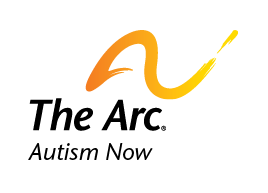This guide, developed by the National Autism Center, provides information about evidence-based practices to help parents make informed decisions about the appropriate intervention services.
A study from the National Institutes of Health suggests that boys with autism spectrum disorder (ASD) are at a higher than normal risk for thinner, less dense bones than boys who do not have autism.
This study, conducted by researchers from the National Institutes of Health, confirms that intensive therapy to engage the attention of young children with autism helps them acquire language faster and build lasting language skills.
This article discusses a study regarding the Early Start Denver Model (ESDM), an intervention method that fuses a play-based, developmental, relationship-based approach and the teaching methods of applied behavioral analysis.
This article discusses a study, conducted by researchers from the UC Davis MIND Institute, that compares development in Hispanic and non-Hispanic children.
This study used a survey of 106 employment specialists to test the ability of intergroup contact theory to explain social integration outcomes of employees with disabilities.
The purpose of this study was to explore dating and romantic relationships among these adults and to identify the nature and extent of interpersonal violence in their relationships.
Parents discussed how they, the child with the disability, and the siblings addressed community perceptions about the child’s disability.
The early work experiences of a nationally representative sample of youth with severe disabilities (i.e., intellectual disabilities, autism, multiple disabilities) were examined.
Life stories and perspectives of leaders in the self-advocacy movement were explored to enhance knowledge about disability identity formation.

